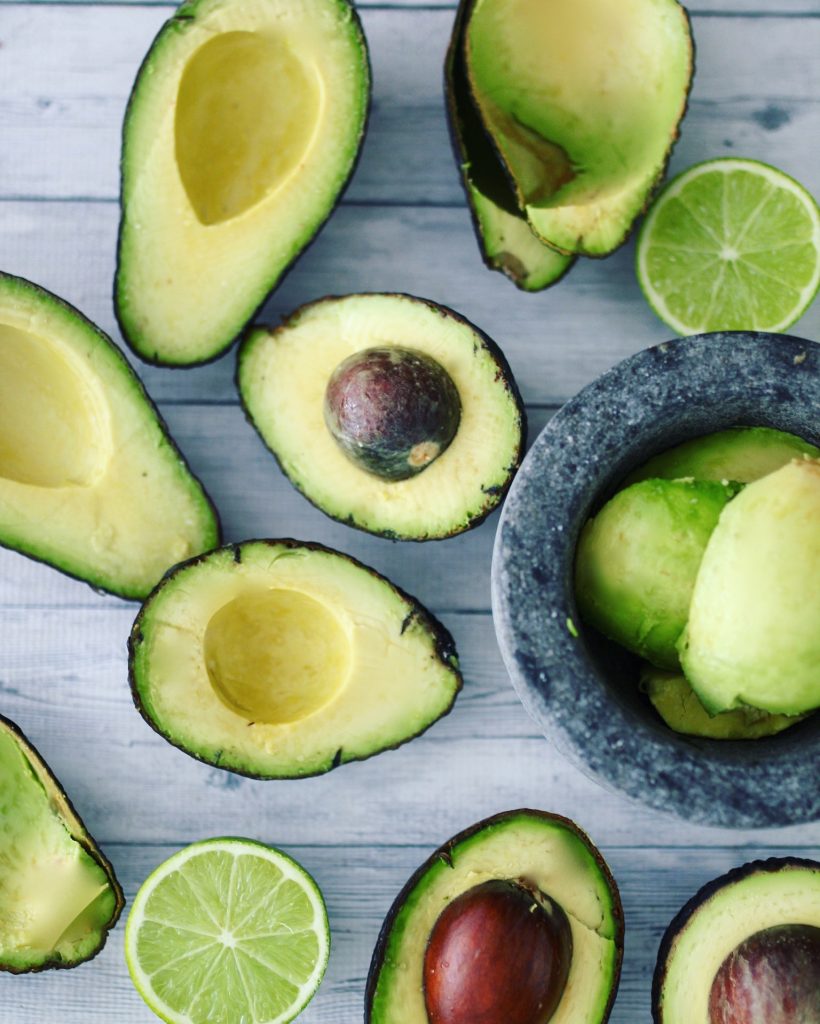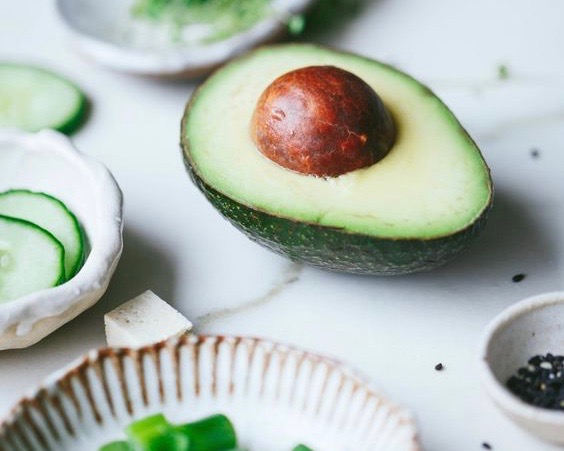Nutritional panels are compulsory on all packaged foods, although legislation varies between countries. Generally, required information includes calories and a break down of macro nutrients, being protein, fats (saturated and unsaturated) and carbohydrates.
More recently, there has been a further requirement or recommendation to break down some categories further. For example, it is recommended that transfats be disclosed within fat component; and sugars must be disclosed within carbohydrates. The amounts are quantified in both weight (grams in Australia) and percentage of daily requirements. Sodium is also included. This quantitive data does not present the whole picture when deciding whether or not a food is healthy. There are often excipients and processing methods that transform the original ingredients to a substance that may be far from healthy.
Increasingly there are demands for more clarity and transparency when it comes to food labelling, in order to assist people to make better choices and reduce the epidemic of obesity and associated chronic diseases linked to food and lifestyle choices, such as Diabetes type 2 and heart disease.
It seems obtaining transparency is not so easy. Everything from reporting where product originates to where it is processed to how it is processed remains elusive and proposals to do so is often subject to protest by the food industry.
There is also an inter-relationship between these macro and micro-nutrients. Our bodies are far more efficient factories and processors that modern machinery. To an extent, we have the ability to modify and transform nutrients, provided there are sufficient raw materials (that is, enough nutrients that the body cannot synthesise).
Due to the complex nature of food chemistry and our own individual biochemistry, the following is an attempt to provide a snapshot into these macronutrient categories and food labelling requirements.

Fats
With respect to fats, current requirements are that labelling must include total fat content, as well and saturated fats and unsaturated fats, with a recommendation for disclosure of transfats. (partially hydrogenated or damaged fats). If there is a claim made regarding certain beneficial fats, such as omega 3, then this must also be disclosed.
The first thing that is important to mention is that fats are essential to our functioning. Although demonised for many years, our bodies require fats for numerous processes, for example healthy brain structures, cellular membranes, steroid hormone production , inflammatory cascades and absorption of fat soluble vitamins. Equally true though is the fact that some fats are harmful to health. The extent of the polarity is summed up very succinctly in the title of Udo Erasmus’ book “Fats that Heal; Fats that Kill”. This book was compulsory reading when doing my naturopathic studies 20 years ago, and is still relevant and interesting reading for those who would like more information. It is the molecular structure and the way the fats behave in our bodies that determines which category the fats fall into.
An important aspect we often don’t know about the fat content within the labelling is the processing methods. The message we have been receiving for some time is that unsaturated fats are healthier than the saturated variety. These fats, however, are most susceptible to damage…. transfats arise from a partial hydrogenation process. Since the dangers of transfats have been so widely publicised, it has been claimed that these harmful fats have been greatly reduced. However this is done by completion of the hydrogenation process, making the fats less susceptible to further damage and affording a longer shelf life. This does not mean they are safe. Canola oil appears to be a popular choice and often promoted as healthy. This oil is an artificially produced, originally developed from rapeseed oil (reducing the toxic erucic acid content). It is now estimated that 90% of canola oil is genetically modified.
It is not long ago that margarine was hailed as a ‘cholesterol lowering’ polyunsaturated health spread, endorsed by the Heart Foundation. It would be amongst the worse substances one could eat, undergoing so many processes that the end product bears no resemblance to the raw materials used to make it. These materials began as seeds, containing valuable plant sterols which can help to reduce cholesterol *(note they may also contain pesticides, herbicides if not organic). However, after the oils have been expelled, often using solvent, then distilled, de-gummed, refined, bleached, deodorised, de-foamed, hydrogenated and had preservatives added, spreadable, plastic like margarine is the end product. This product is not only devoid of nutrients, but toxic.
* cholesterol is also essential to health whilst also have propensity to be detrimental

Carbohydrates- Sugars
Carbohydrates form another mandatory category and within this section total sugars are also required to be listed. As the name indicates, carbohydrates are a combination of carbon, hydrogen and oxygen. In food terms, this category consists of plant foods ; they may be complex or simple, and are an important energy source as they are broken down to glucose. The complex carbohydrates will be whole foods, being vegetables, fruit and whole grains that contain sugars, starches and fibre (as well as micronutrients, being vitamins and minerals), which are released slowly.
Simple (refined) sugars, however, are absorbed quickly and will be transformed into saturated fats when consumed in excess, ultimately causing a myriad of health concerns.
As with all macro-nutrients, there is vast variance in molecular structure of different carbohydrates, sugars and the way in which they behave in the body. Some carbohydrates will also be rich in micro-nutrients whilst others will contain very few. We have discussed some of the complexity of sugars in previous articles, as well as dangers of their over-consumption in the western world. For example, glucose and fructose behave very differently; the glycaemic index is not as useful as the glycaemic load and some of the fermentable sugars can cause digestive issues in some people (ie the FODMAPS category of carbohydrates).

Protein
Protein is a combination of amino acids, often referred to as ‘building blocks’ due to their role in manufacturing such a range of substances. Protein is required for every aspect of life, from structural tissue such as muscle, bone and skin to hormones and other functional chemicals made in the body. Many of these amino acids are made in the body (known as endogenous), however some are not. Those that are not are referred to as “essential” amino acids that must be consumed in our diets. The synthesis of endogenous amino acids is also dependent on sufficient supply of certain essential amino acids, particularly methionine.
Protein is a required category in food panels, however it is not necessary to list amino acids, whether or not it is a complete protein (meaning all essential amino acids are present), and there is no requirement to state whether of not amino acids are naturally present, hydrolysed or added in a synthetic form (although this may be listed on protein powder supplements).
Just as fats have been demonised, there is a general perception that proteins are ‘always good’, particularly with relation to weight loss, body building etc. As stated, it is most certainly essential to life. The reality is, however, that there is very little protein deficiency in the western world. Excess protein, can, in some people, place a strain on the kidneys, promote ageing, contribute to an acidic environment and deplete the body of important minerals, such as calcium, that may be required to help buffer and balance the acidity. In addition, when the protein is consumed in a concentrated form, such as protein powders, bars etc., there may be many other additives to improve stability etc. Some examples of excipients commonly used are sugars and artificial sweeteners. The source of the protein is also important, particularly if the product is not organic. For example if the protein sourced from whey (from cows’ milk)* it may also contain anti-biotics and have allergen issues for some; if it is from soy, it is likely to be genetically modified. Hydrolysed proteins are also popular, however also controversial. The hydrolysing process means that the proteins are no longer in tact; they have been broken down into amino acids by enzymatic processes or by boiling in acid.
Whey is considered to promote quicker delivery of amino acids than the other protein component of dairy, being casein.
A scholarly literature review does not produce evidence that protein supplementation assists with muscle recovery (as commonly claimed) and highlights inconsistencies and variability in methodology.

Vitamins and Minerals
There is no requirement to list these unless a claim is made to this effect. For example, if a packaged product states ‘good source of calcium, etc.”, then this must be shown in the nutritional panel.
Much of the above information will not be apparent within the nutritional panels, in a similar way that calories do not reflect nutritional value. There will be more scope for assessing qualitative information from the ingredients themselves. In most cases, ideally there should be few ingredients, organically sourced with minimal processing. A few fundamental recommendations are:
- Choose oils that are ‘extra-virgin’ (meaning unrefined), organic (reducing toxic load) and store them in dark place to minimise oxidation from light. Good quality oils will usually come in dark glass.
- Avoid all margarine.
- Carbohydrates should be nutrient dense and complex as much as possible. Sugars should be kept to a minimum and considered in relationship to other nutrients. For example sugars within a soft drink will not provide any nutrients; sugars in whole dates or fruits (although they should still not be consumed in excess) will also provide nutrients and fibre.
- When looking at protein content, look for naturally occurring protein from an organic source, rather than hydrolysed or artificially produced.







